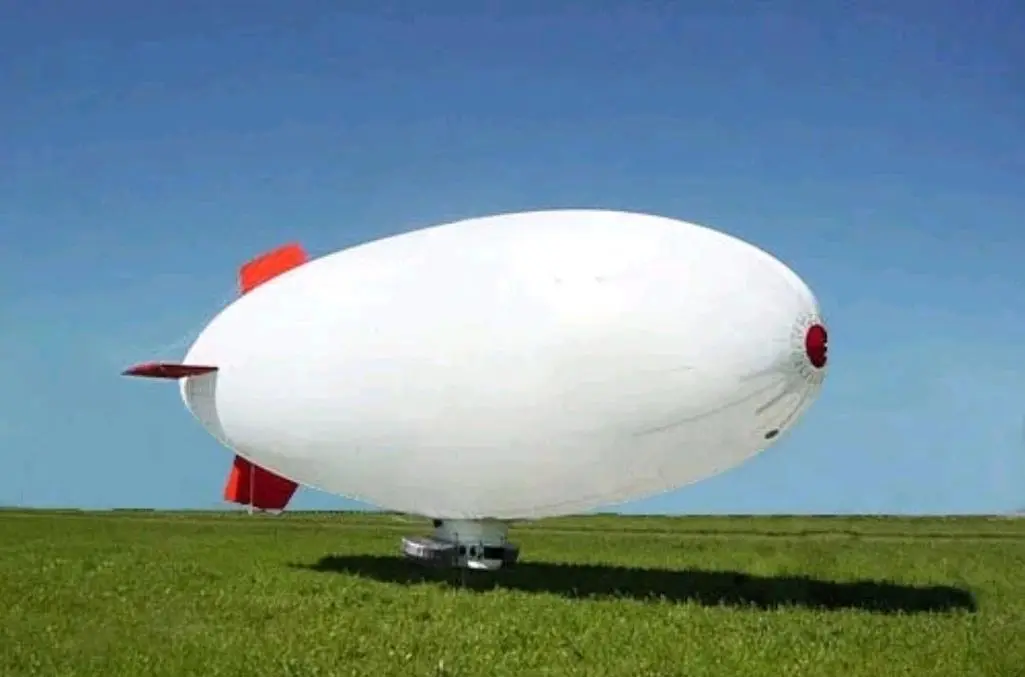Aquatic robotics laboratory
Our water robotics laboratory is dedicated to the development and application of various types of robotic technologies to address complex challenges in both aquatic and terrestrial environments. The laboratory encompasses underwater robots,Robotic arm,Mechanical arm,all-terrain unmanned vehicles, sailing robots, and unmanned aerial vehicles, aiming to advance innovations in scientific research, environmental monitoring, and resource management.
By integrating advanced sensor technologies, artificial intelligence, and automated control, our robots can autonomously navigate in various environments, collect data in real time, and perform complex tasks. The laboratory focuses not only on technological research and development but also actively participates in education and training, cultivating future professionals in the field of robotics. Our goal is to promote technological progress and provide robust technical support for ocean exploration, environmental protection, and disaster response.

Robotic arms are versatile mechanical devices designed to mimic human arm functions, widely used in industries such as manufacturing, healthcare, and research. They consist of multiple joints for flexible movement and can be equipped with various end effectors like grippers and suction cups, enabling them to perform tasks ranging from assembly to surgical procedures. With advanced automation and control systems, robotic arms enhance productivity and precision while reducing human error. Many models incorporate sensors for real-time feedback, allowing them to adapt to changing environments safely. Their applications span manufacturing lines, medical surgeries, and scientific research, making them essential tools in modern automation and driving innovation across various sectors. As technology progresses, the capabilities of robotic arms continue to expand, shaping the future of automation.

All-terrain unmanned vehicles are specialized robotic systems designed to navigate and operate in complex and challenging terrains. These vehicles are equipped with advanced sensors and cameras that enable them to detect obstacles, assess their environment, and perform tasks autonomously. Their robust design allows them to traverse rugged landscapes, including rocky surfaces, mud, and uneven ground, making them ideal for applications in disaster response, search and rescue missions, and environmental monitoring. With capabilities for real-time data collection and analysis, these unmanned vehicles provide valuable insights in hard-to-reach areas, enhancing safety and efficiency in various operations. Their versatility and adaptability make them essential tools for researchers and professionals working in diverse environments.

Unmanned airships designed for complex terrains are advanced robotic platforms capable of navigating challenging landscapes with ease. These airships combine the benefits of aerial mobility and stability, allowing them to operate in areas that may be difficult for traditional drones or ground vehicles to access. Equipped with high-resolution cameras and sensors, they can conduct aerial surveys, monitor environmental conditions, and gather data in real-time. Their ability to hover and maintain a steady position makes them particularly valuable for tasks such as wildlife monitoring, disaster assessment, and infrastructure inspection. With extended flight durations and the capacity to cover large areas, these unmanned airships are essential tools for researchers, emergency responders, and environmental scientists, enhancing operational efficiency and data collection in complex environments.

